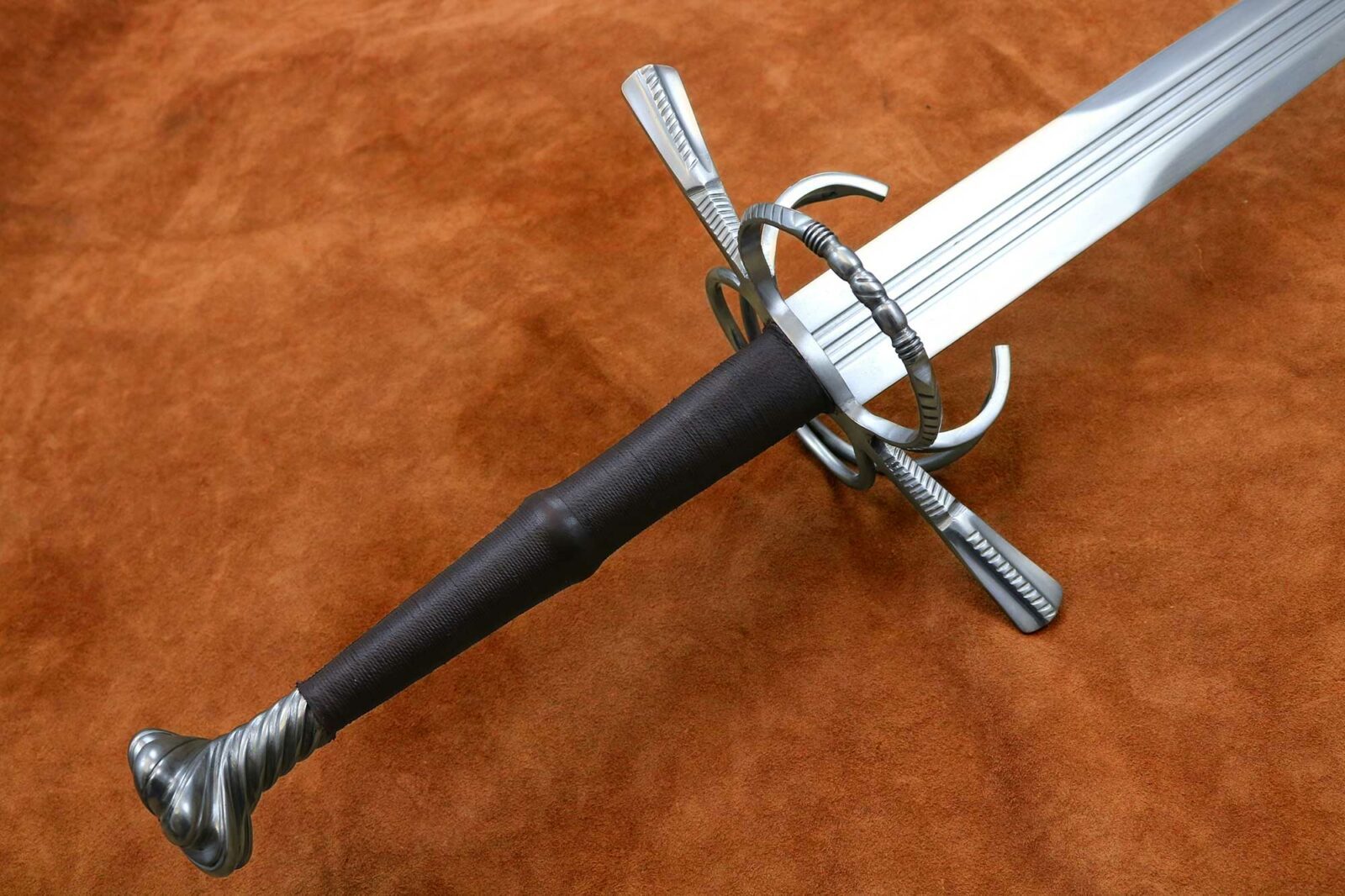
Two Handed Sword from 16th Century
Of all the two-handed swords, none are as impressive as the German zweihander and the Scottish claymore. These early Renaissance swords were longer and more powerful than medieval swords, hence being called great swords. Let us explore the history of the European great swords, their use, and their unique characteristics.
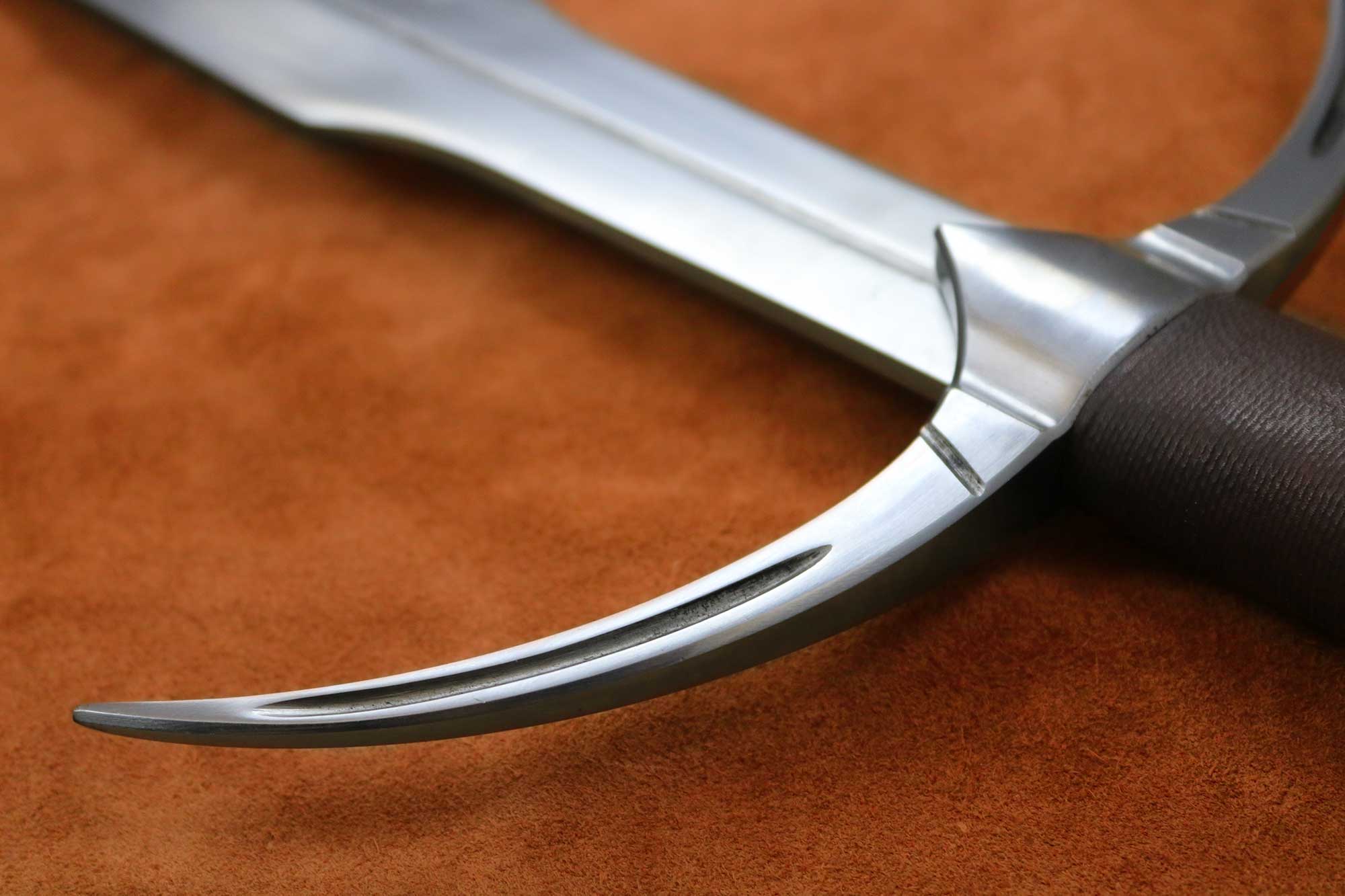
Two handed Danish Sword (1352) Darksword Armory
The nodachi sword, which has also been known as the odachi, is a weapon from Japanese history that many will find is relatively unknown to the western world. The first thing that many notice is that this two-handed Japanese sword resembles an elongated katana, and while the comparison is apt, it also has similarities to the claymore of the west.
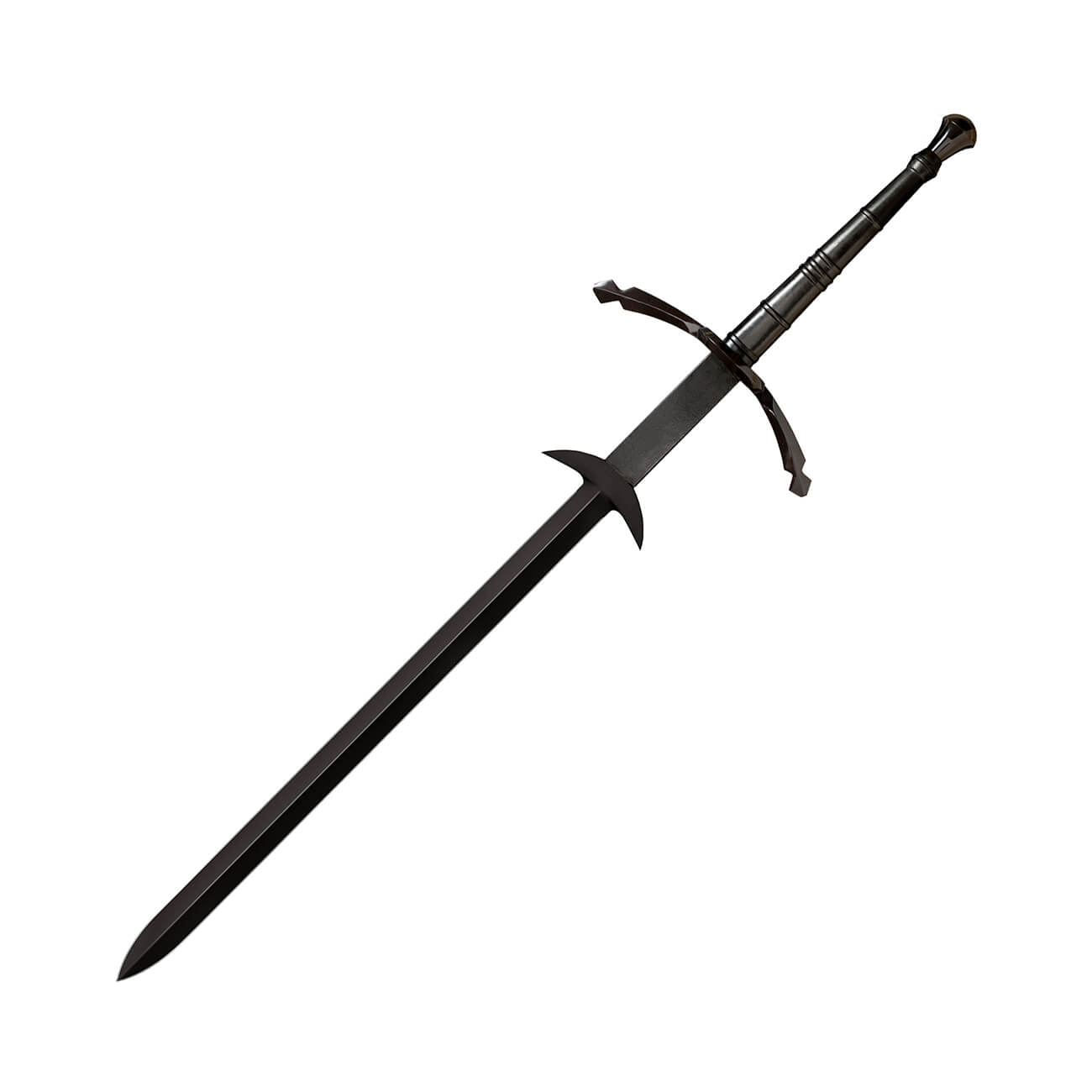
Cold Steel MAA Two Handed Great Sword Japanese Swords 4 Samurai
The term two-handed sword may refer to any large sword designed to be used primarily with two hands: the European longsword, popular in the Late Middle Ages and Renaissance . the Scottish late medieval claymore (not to be confused with the basket-hilted claymore of the 18th century)
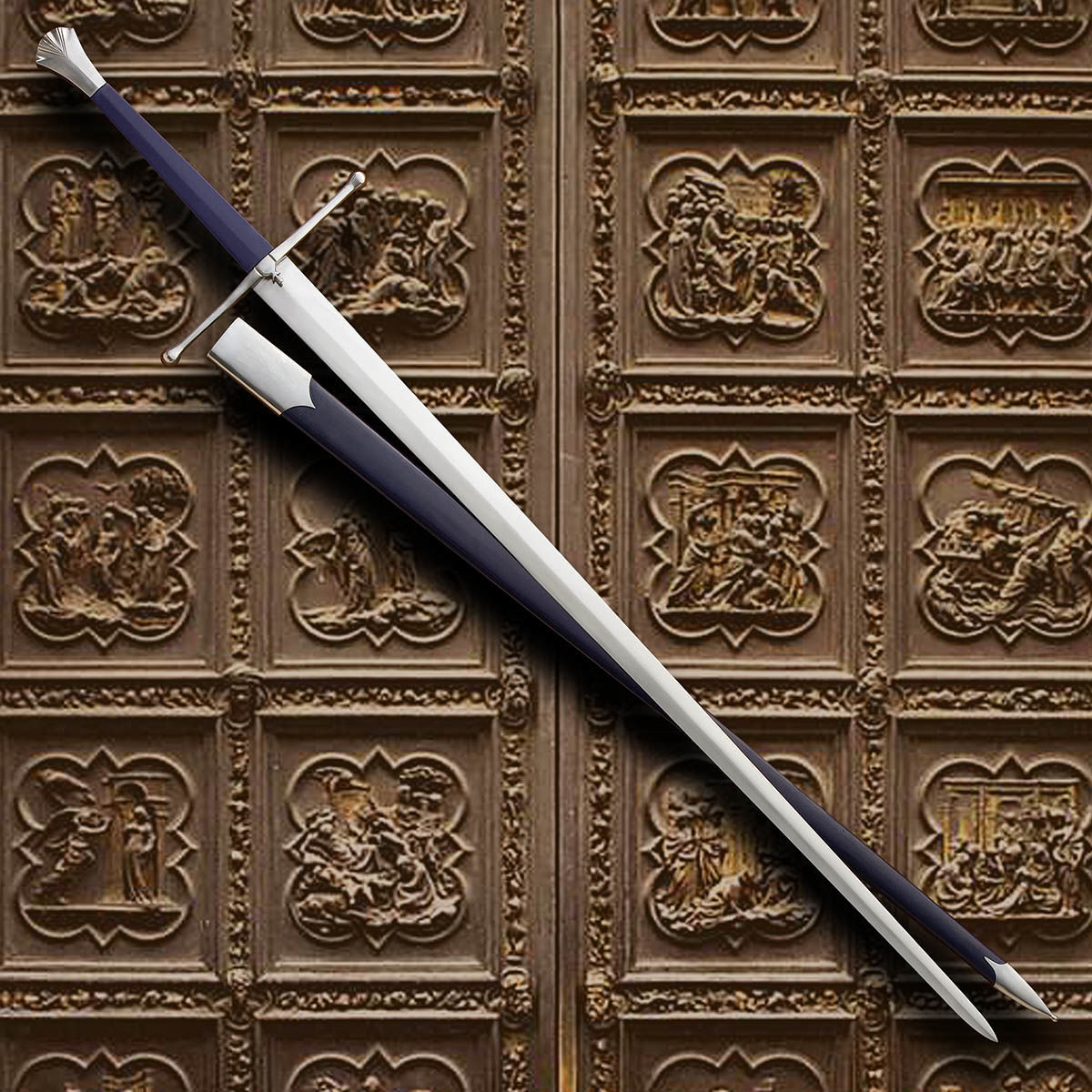
English Medieval TwoHand Sword by Windlass
Medieval Longsword. The Longsword is a type of European sword used during the late medieval period. These swords have long cruciform hilts with grips over 10 to 15 inches in length, which provide room for two hands. All parts of the sword are used for offensive purposes, including the pommel and crossguard. A powerful and versatile weapon, the.

Two Handed Sword from 16th Century
This Two-handed Zweihänder sword for armored combat - is made according to HMB and IMCF technical requirements. The Zweihänder also Doppelhänder , Beidhänder, Bihänder or Bidenhänder , Spadone a due mani is a large two-handed sword primarily in use during the 16th century by German Landsknechte during the late middle ages.
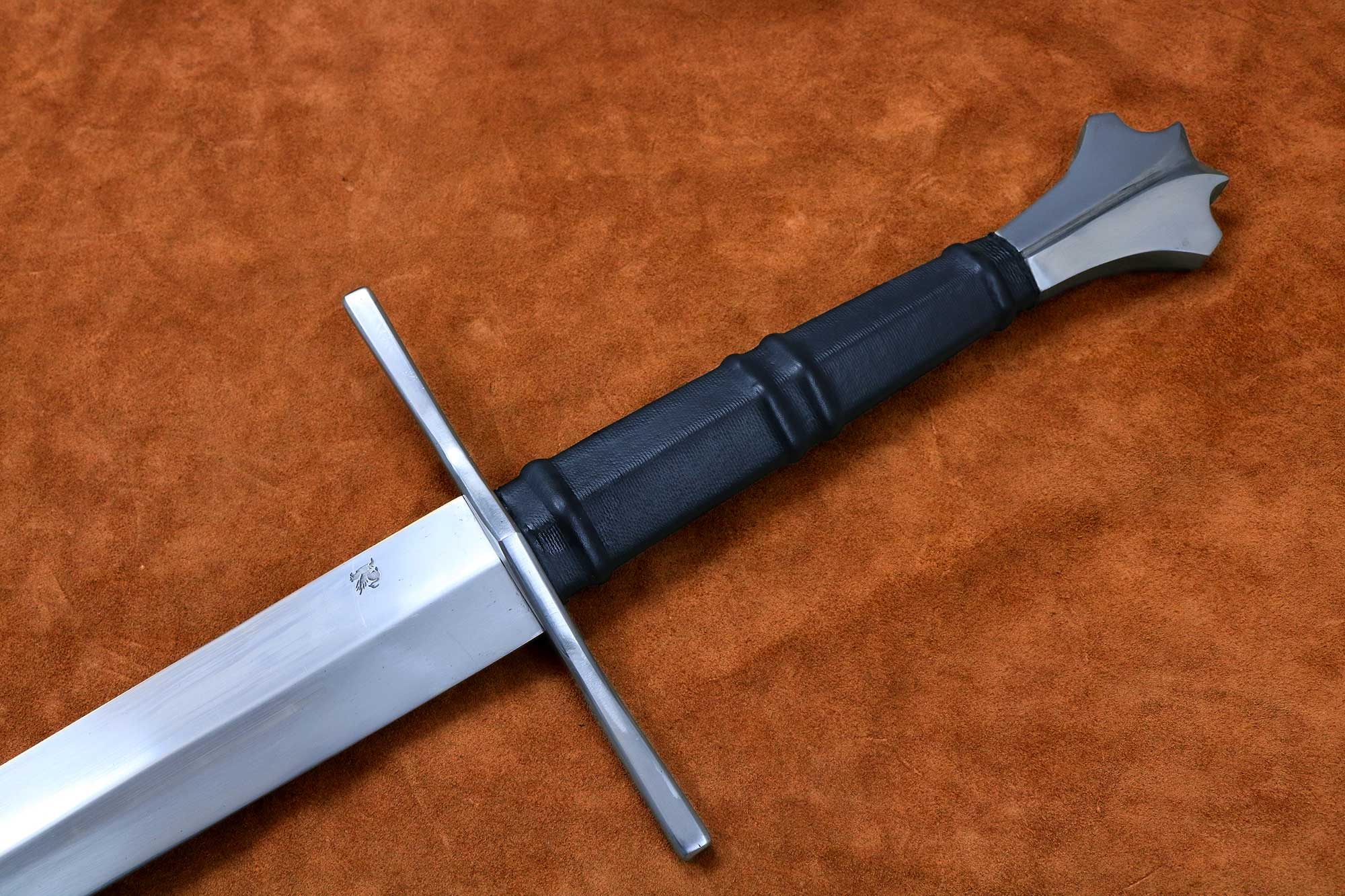
Two Handed Medieval Sword (1332) Darksword Armory
Two-handed swords are appropriately sized and balanced for use with two hands rather than one. This provided greater versatility, leverage, and momentum generation versus smaller blades. [Image: Zweihander] Many two-handers evolved from longswords and greatswords that increased in size over generations. Others were purpose-made, like the.
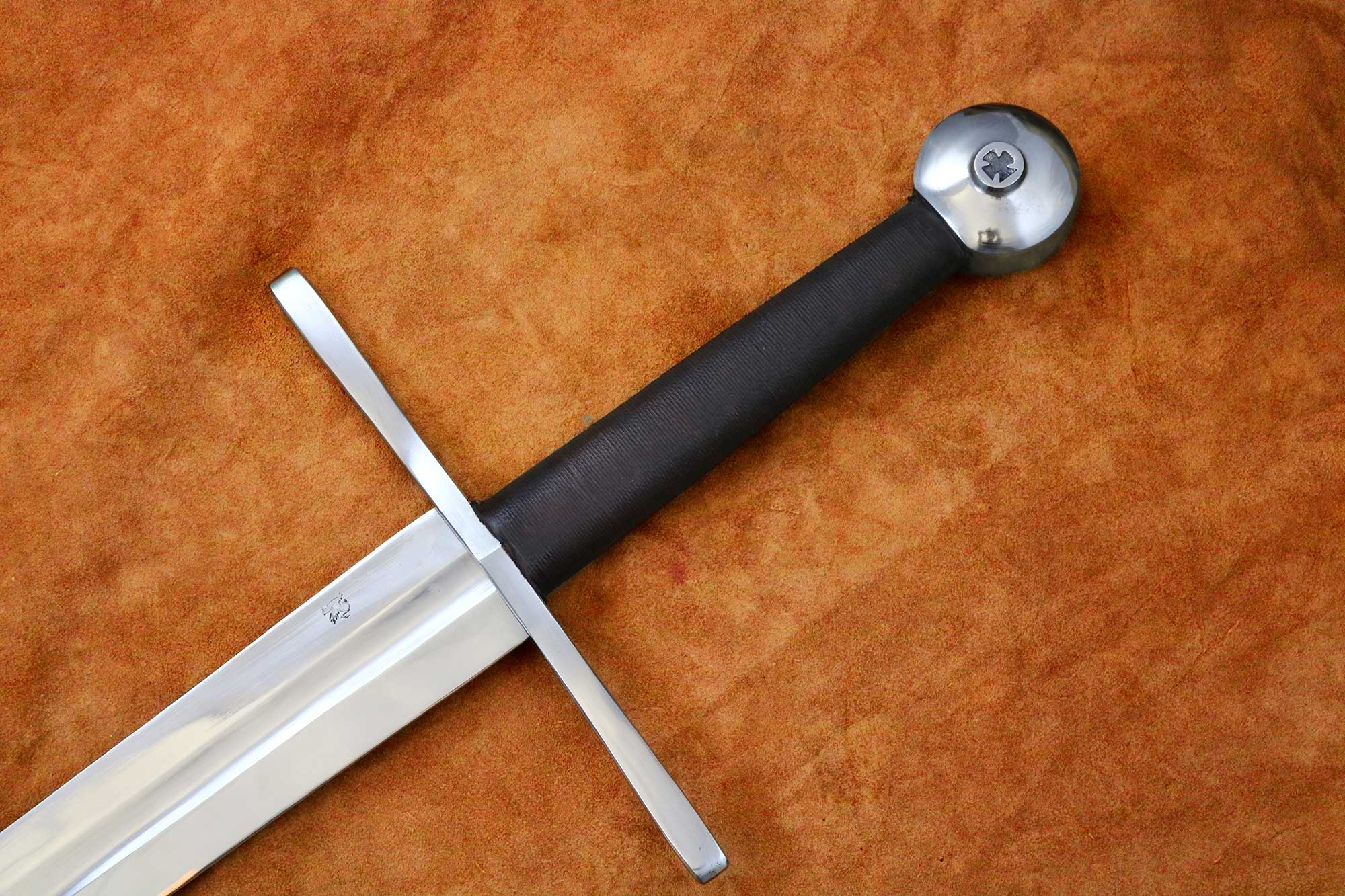
Two Handed Templar Sword
The right hand should be the axis or pivot. 5. Now the footwork. Place your left foot behind your right foot (other way around if you're left handed) and stand on the balls of your left foot. Keep your balance! 6. When you strike, you push with your left foot, sliding your right foot on the ground and raise your sword.
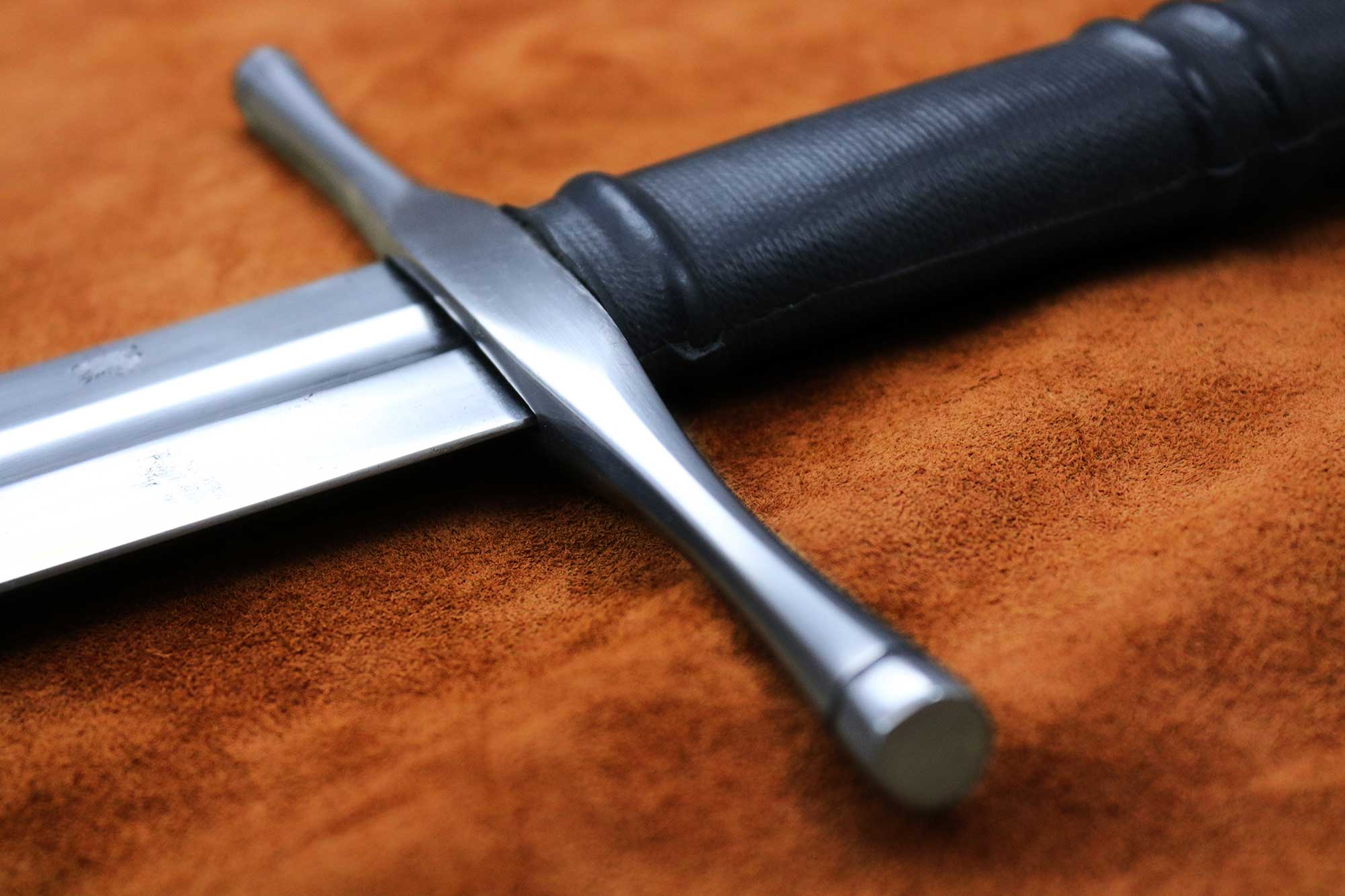
Two Handed Norman Sword (1336) Darksword Armory
The two handed sword is a double edged sword with a round point. The hilt was straight or slightly curved quillons while the grip was very long. The pommel was either triangular, faceted or pear-shaped to balance the weapon. Around late 16 century heavy armour disappear because of firearms so the two-handed sword was only used for ceremonial.
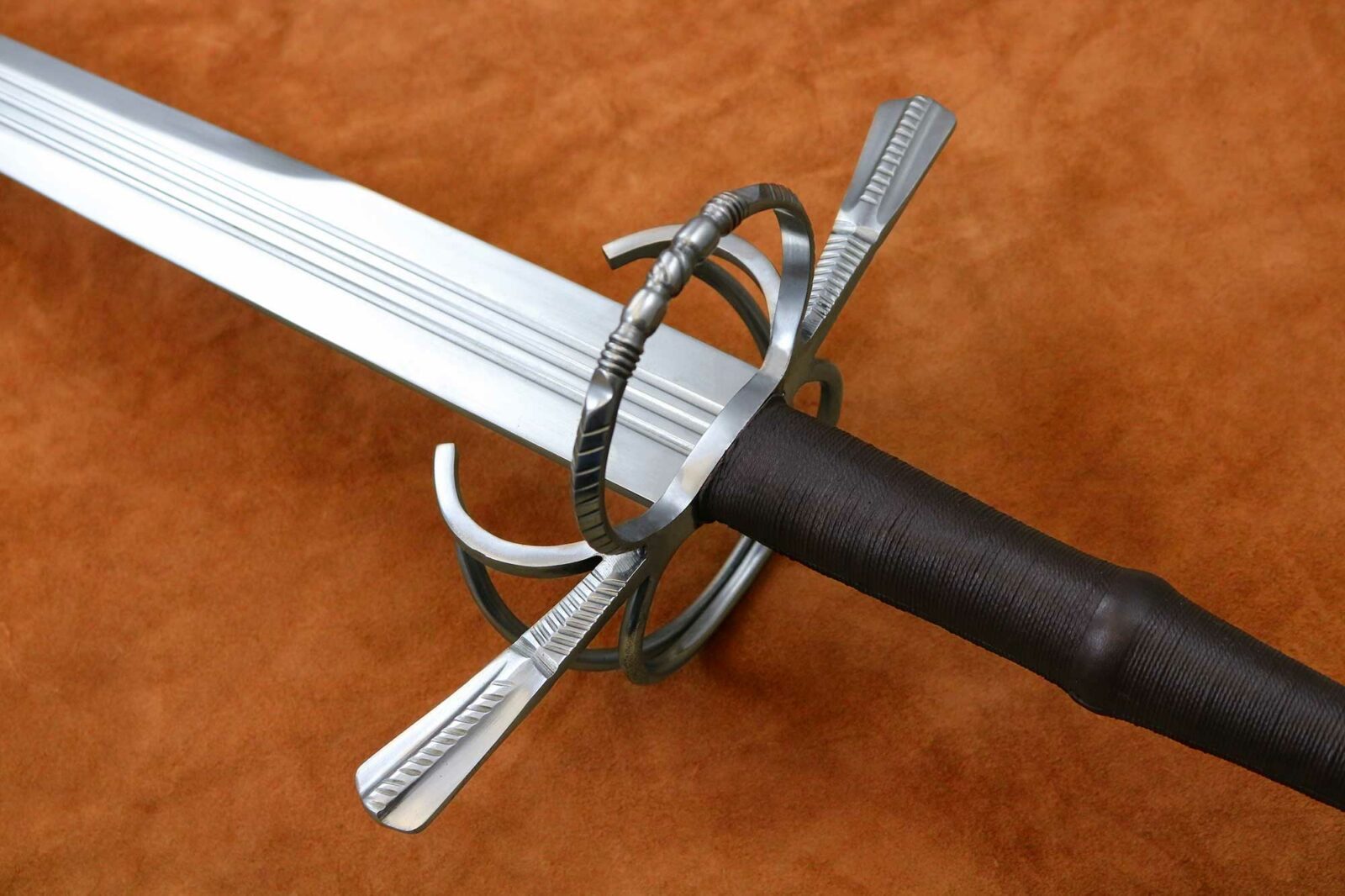
Two Handed Sword from 16th Century
Two-handed swords were long favorite weapons in many parts of Europe. Recognized for its massive long blade with parrying hooks, the zweihander was the two-handed sword of the German Landsknechts. The doppelsöldners, who skillfully wielded the weapon, were even rewarded for their courage and bravery.

Two Handed Sword from 16th Century
Two Handed Swords The most defining trait of two handed swords remains the requirement of both hands in order to wield the weapon. These large Renaissance swords remained in popular use throughout the 15th and 16th centuries, and they could reach up to six feet in length in the largest examples.
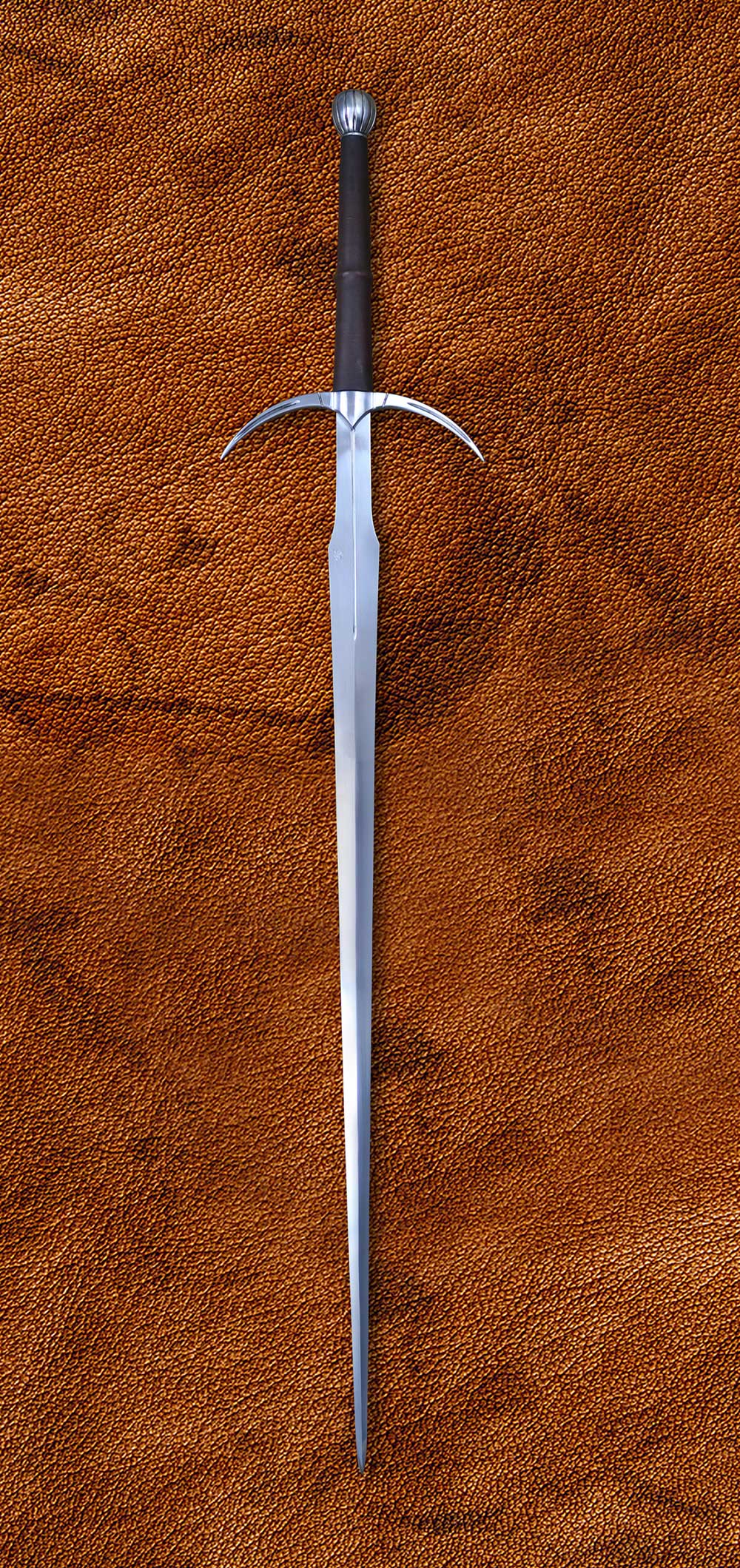
Two handed Danish Sword (1352) Darksword Armory
A two-handed sword is commonly referred to as a zweihänder or beidhänder. It is a true two-handed sword that cannot be effectively wielded using only one hand. This type of sword was often used by certain mercenary soldiers known as Doppelsöldners.
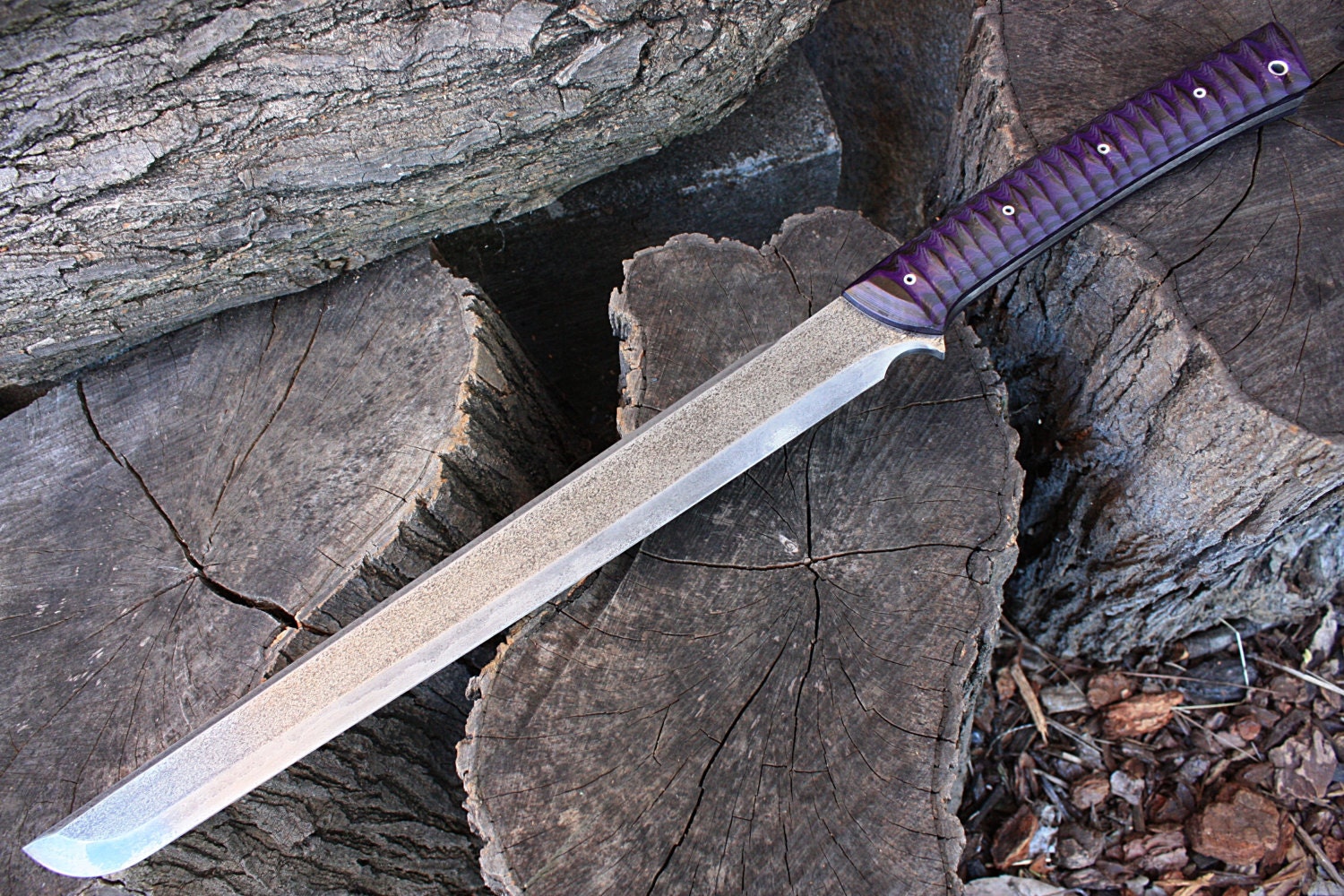
Handmade FOF Banshee full tang, two handed tactical wakizashi style sword
Windlass Hero's Warsword. With a blade bigger than the whole length of most two handed swords, this sword is a monster and very affordable too. Loosely based on the historical 'Wallace' Sword. $256. Now if that is your definition of a two handed sword or Great Sword, this is where your search pretty much ends unless you are planning on spending.
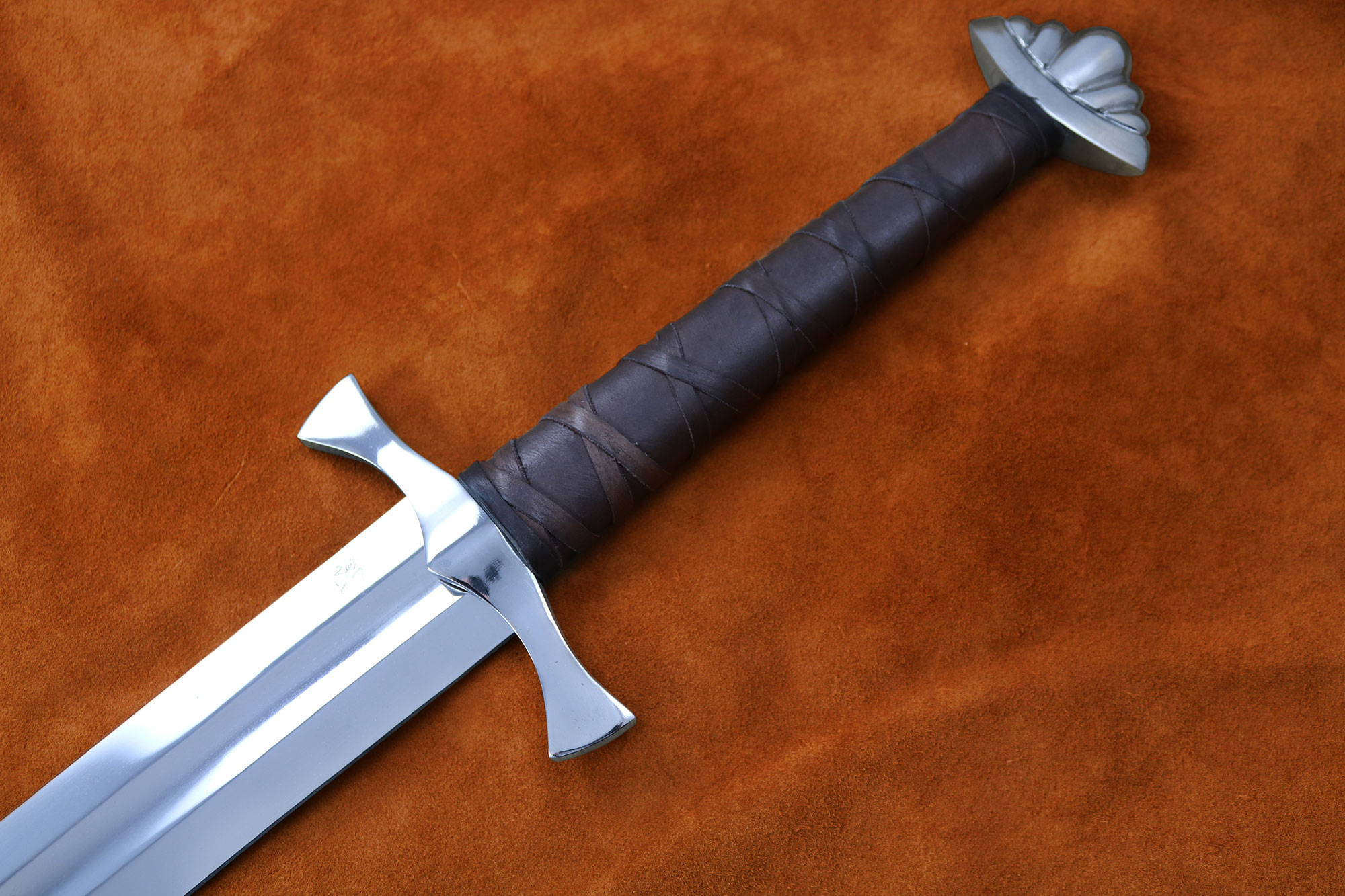
Two Handed Viking Five Lobe Sword Medieval Weapon DSA
Two-handed swords were known as war-swords in the early Middle Ages and used to destroy an opponent's shield, shear through mail, and damage helms. They were called great swords during the High Middle Ages and the Renaissance.
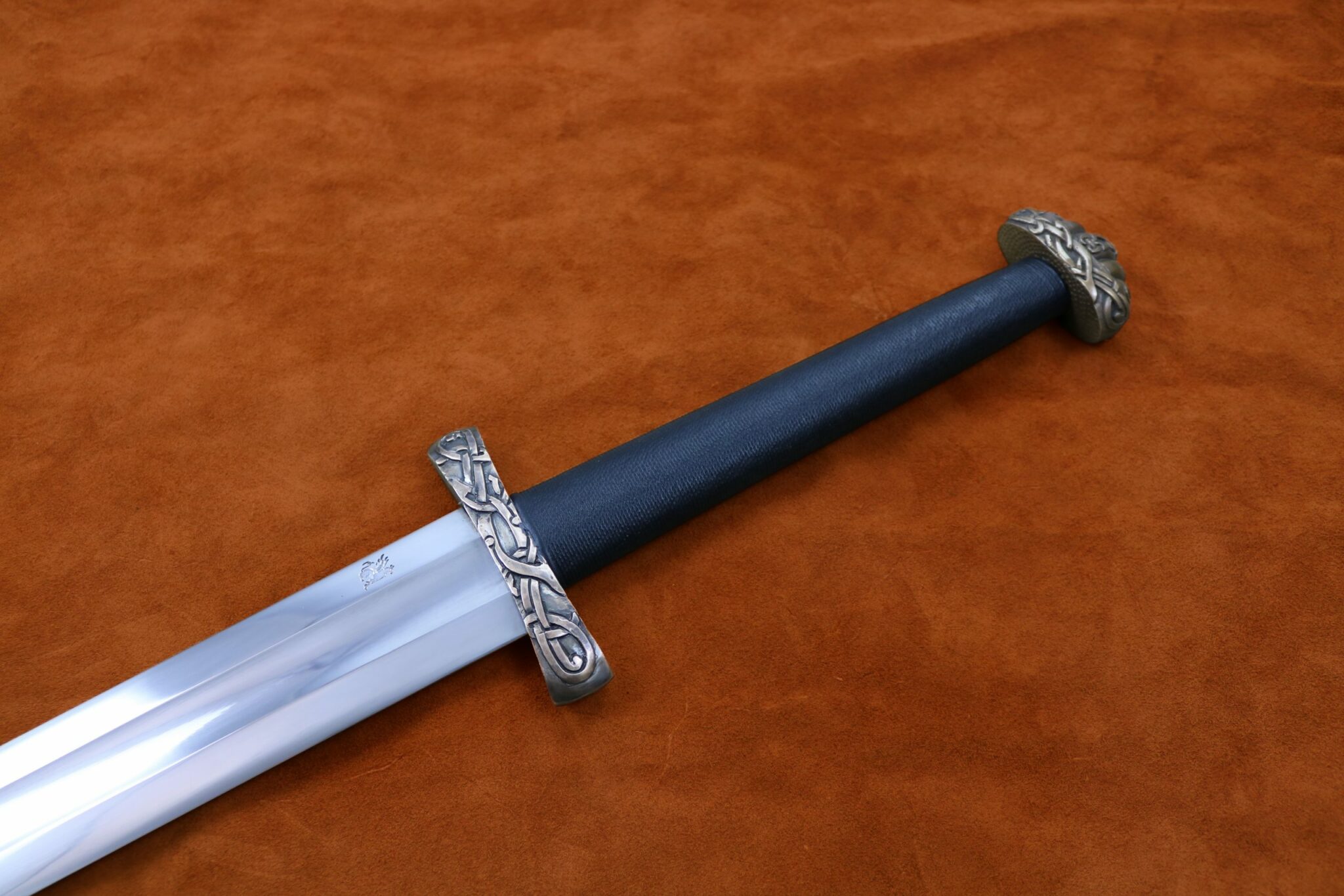
Two Handed Viking Sword
The two-handed claymore seems to be an offshoot of early Scottish medieval longswords (similar to the espee de guerre or grete war sword) which had developed a distinctive style of a cross-hilt with forward-angled arms that ended in spatulate swellings. The lobed pommels on earlier swords were inspired by the Viking style.

Two Handed Medieval Sword (1332) Darksword Armory
The Zweihänder ( German pronunciation: [t͡svaɪhɛndɐ] ⓘ, literally "two-hander"), also Doppelhänder ("double-hander"), Beidhänder ("both-hander"), [1] Bihänder, or Bidenhänder, is a large two-handed sword that was used primarily during the 16th century.
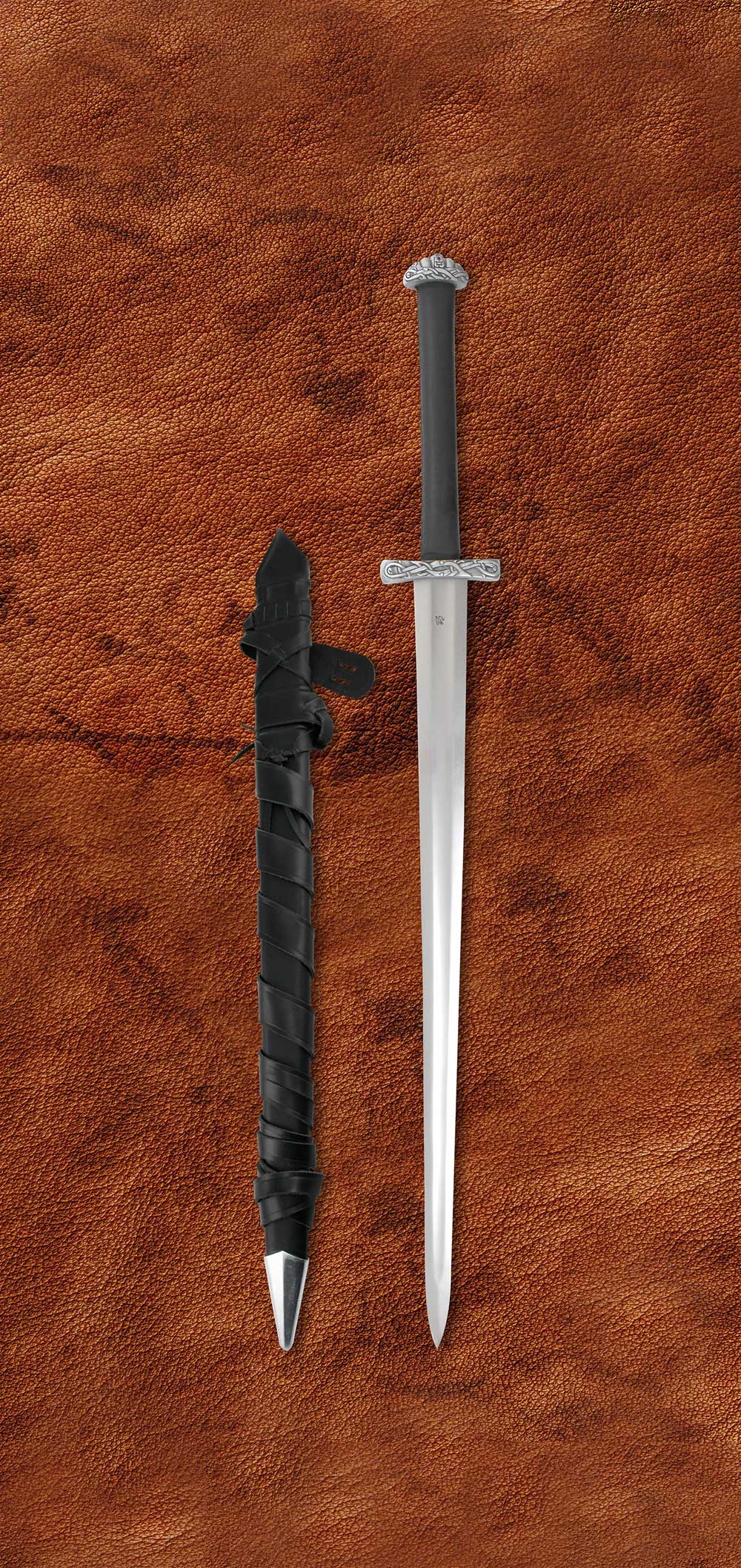
Two Handed Viking Sword
Synthetic Danish Two-Handed Sword. $140. Synthetic Kriegsmesser. $125. Sold out. Ensifer Redd (Long) $545. Synthetic Feder. $105. Sold out. Ensifer Redd (Regular) $529. Synthetic Katana. $95. Sold out. Synthetic Zweihander. From $185. Sold out. Ensifer KRON 2020 (Long) $625. Ensifer KRON 2020 (Regular) $595.